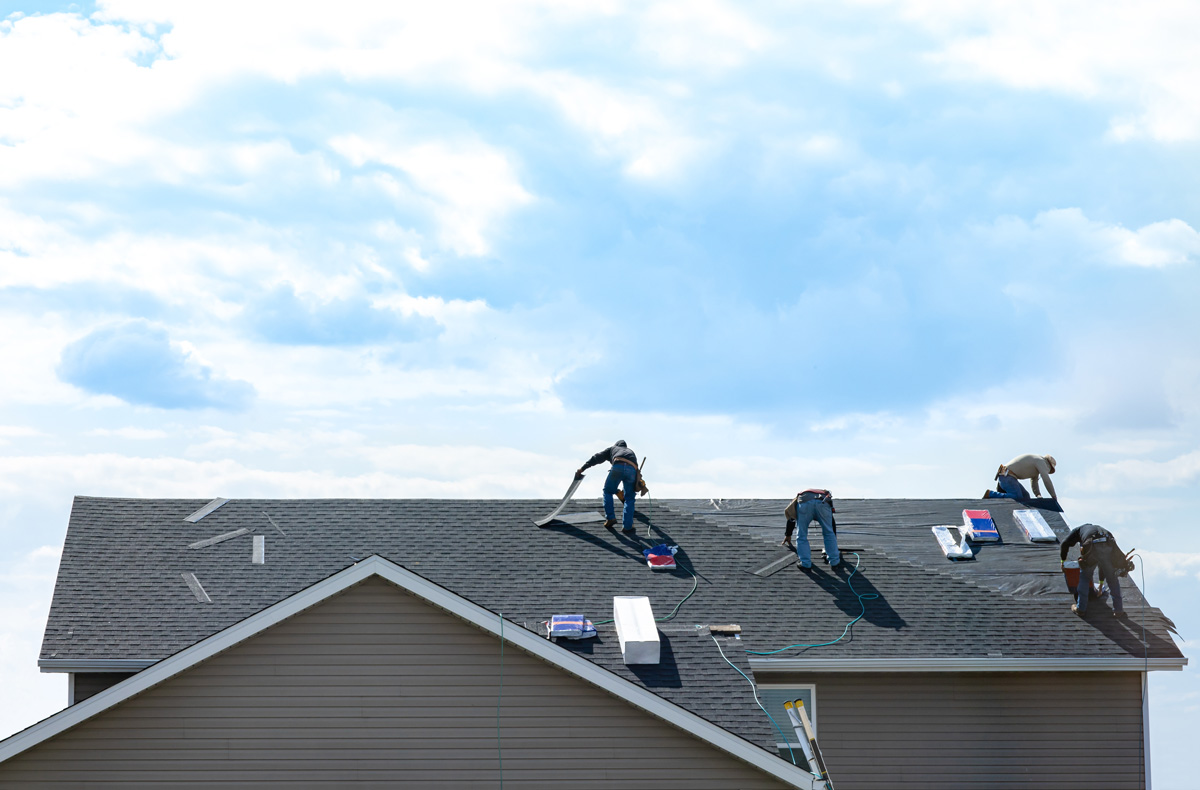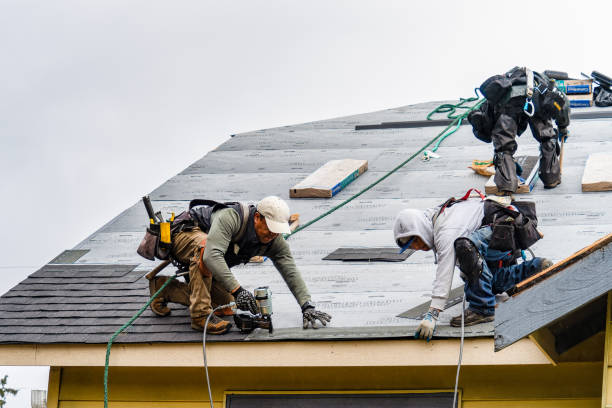Exactly How to Evaluate Different Roof Choices for Your Structure Demands
Evaluating roofing alternatives for your structure calls for an extensive strategy that considers different elements such as the intended usage of the framework, regional climate conditions, and material features - Roofer. It is essential to consider the benefits and downsides of different roofing types, from asphalt tiles to steel and clay tiles, while also factoring in preliminary costs and long-term upkeep.
Assessing Your Structure's Requirements
To efficiently examine roof options, start by thoroughly analyzing your structure's demands. Begin by taking into consideration the building's intended usage, as different frameworks may demand differing roof requirements. Household roofing systems often focus on visual appeals and insulation, while business buildings may focus on durability and load-bearing capability.
Following, review the neighborhood environment conditions that will certainly influence roofing efficiency. Elements such as temperature fluctuations, precipitation levels, and wind patterns can affect material choice and layout. A roof that stands out in a temperate climate may not carry out as well in areas susceptible to hefty snowfall or extreme warm.
Furthermore, analyze the architectural integrity of your structure. Guarantee that the existing framework can sustain the chosen roof products, specifically if thinking about larger options. It is also vital to examine any kind of neighborhood structure codes or policies that may dictate specific requirements for roof.

Comparing Roof Materials
When an extensive assessment of your structure's needs has been finished, the next step entails comparing different roof products. Each product uses distinctive benefits and negative aspects, making it important to straighten your choice with your certain demands and circumstances.
Asphalt roof shingles are extensively acknowledged for their cost and convenience of installation, making them a prominent option for residential structures. On the various other hand, metal roof, understood for its toughness and long life, can endure extreme weather but might include a greater preliminary investment.
Clay and concrete floor tiles give outstanding thermal insulation and visual appeal, specifically for Mediterranean-style design, yet they call for an even more robust architectural assistance as a result of their weight. Timber drinks deal a natural look and excellent insulation homes however may demand more maintenance and are at risk to fire dangers.
Assessing Price and Spending Plan
Evaluating your roof options demands a cautious assessment of price and spending plan considerations. The general allocate a roof covering project comprises numerous aspects, including product expenses, labor costs, maintenance, and potential lasting cost savings. It is important to develop a clear budget prior to discovering details roof materials, as this will lead the decision-making process and assist you stay clear of overspending.
Begin by getting quotes from several contractors to recognize labor expenses in your area. Ensure that these price quotes include all essential solutions, such as elimination of the old roofing system, installment, and any type of extra attributes, like insulation or air flow enhancements - Perrysburg Roofer. Next, examine the price of different roof products, considering both first setup prices and anticipated life-span

Understanding Energy Efficiency
Power effectiveness plays a vital role in the choice of roof products and systems, substantially influencing both power intake and total convenience within a structure. A well-chosen roof can boost thermal efficiency, minimizing the requirement for home heating and cooling systems, which in turn lowers power bills and reduces ecological influence.
When assessing roof covering options, take into consideration products that reflect instead than absorb warm. Light or reflective roof products can significantly decrease roof covering surface temperatures, causing lower energy usage throughout hot months. Additionally, correct insulation and air flow are important to enhance the power performance of the whole roof. Insulation avoids warm transfer, while air flow alleviates warm buildup in the attic room.
One more crucial element is the roof system's longevity and upkeep demands. Long lasting materials that require less constant replacement add to lasting energy savings. The energy performance of a roofing system can also be assessed via its compliance with well established sustainability Sylvania Roofing Contractor scores such as ENERGY CELEBRITY or LEED.
Taking Into Consideration Visual Allure
A roofing system's visual allure dramatically affects the total look of a building, enhancing its architectural design and boosting visual appeal. Toledo Roofer. When evaluating roof covering choices, it is crucial to take into consideration exactly how the chosen product, shade, and style will certainly balance with the existing framework and area. A properly designed roofing system can boost also the simplest of buildings, changing them into aesthetic centerpieces
Different roofing products use numerous aesthetic qualities. Standard roof shingles may evoke a traditional appeal, while metal roofing can give a contemporary, sleek look. Additionally, the shade of the roof covering product plays a crucial role; lighter shades can make a building appear more spacious, while darker tones may produce a cozier atmosphere.
Furthermore, architectural aspects, such as dormers and eaves, can enhance the roofing system's aesthetic impact. It is suggested to seek advice from professional designers or engineers to make certain the picked roof alternative lines up with the overall design intent. Inevitably, a roofing needs to not only offer functional benefits however additionally add favorably to the structure's visual, showing the proprietor's preference and the personality of the surrounding environment.
Verdict
